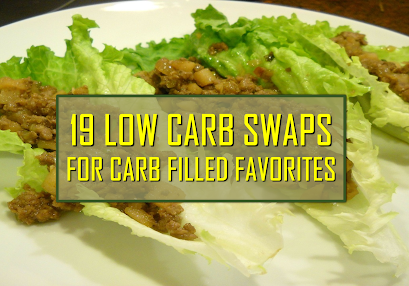The body receives its fuel from its dietary carbohydrates. Carbohydrates include foods such as rice , bread, pasta, fruit, sugar and vegetables, and other grains.
If carbohydrates, starches or sugars enter the body they are turned into glucose and used for energy by the body. In order to remove glucose from the bloodstream, the hormone insulin uses glucose for energy or stores what is not needed.
Glucose not used as food is transferred to the liver and muscles for food reserve use as glycogen. Any leftover muscle glycogen, such as with exercise or spending, transforms into accumulated body fat.
For people with carbohydrate sensitivity or insulin resistance, the possibility of obesity and Type 2 diabetes High carbohydrate diabetes = high blood glucose = high insulin = high body fat levels are depressing.
Ketosis and Lipolysis
The body's own fat is a best alternative fuel source, which is activated when the intake of carbs is restricted and their sources controlled. The body is in a condition called lipole, the most effective biochemical pathway to weight loss and a clinically proven alternative to the body that uses or requires glucose for energy.
Lipolysis takes place when the body begins consuming its own fat reserves for energy rather than for dietary carbohydrates. Ketones are the by-products of this fat burning process and ketosis is thus the secondary lipolysis procedure.
When you eat fewer carbs, instead, the body is forced to use its fat burning machines. Ketones are ketosis by-products which provide the body with fuel.
Ketones are the only exception to the body that does not need glucose for fuel. Ketosis provides enough energy for the body's cells to power the brain and other organs much like glucose from carbohydrates. But Ketosis does not retain the fats and actually enables the body to use stored fat for fuel, unlike what can happen through glucose usage.
It is because low-carb diets are popular and have allowed thousands of people to lose weight and keep it off.
Low Carb Diets
There are cases in which doctors induce ketosis to interfere in specific conditions, such as epilepsy and diabetes. It involves a patient who has a low-carb diet, such as the Ketogenic diet, which increases fat intake and protein to fuel energy, thus reducing the intake of carbs.
WebMD explains that when consumption is limited to less than 50 grams per day, this kicks in.
Two of the most popular strict carb intake plans are ketogenic diet and Atkins diet.
Some of the advantages of a low carb diet and the use of fat for fuel is that it controls appetite through this form of food. There is no hunger or out of control, and irrational cravings are a thing of the past. One explanation is that carbohydrates cause blood sugar spikes that can create havoc on hunger and cravings.
A study conducted by the Academic Department of Surgery, Consultation, and Training Center at Kuwait University Faculty of Medicine put this to the test. They took 83 obese patients (39 men, 44 women), and observed the effects of a low-carb diet over 24 weeks. Carbohydrates were given to the subjects in the form of green vegetables, and salad. In the end, the levels of glucose, cholesterol, weight, and BMI among the subjects all dropped.
Over low fat , low carb wins
The ketogenic diet has been around for decades, and while a diet high in fats has long been believed by the medical community to cause weight gain and increase the risk of heart disease. Many research and randomized trials have shown that low carb is more effective not only in the amount of weight gained but also in lowering markers and heart disease risk factors. Several experts now advise the public to be more mindful of their carb intake and their fat intake, as obesity levels have risen in US adults while fat intake has decreased and carb intake has risen.
Flu in Keto
Some people can develop keto flu when they begin a diet low in carb. And if not everyone is likely to fall victim to it, you should be conscious of the symptoms: sleepiness and exhaustion, brain fog, nausea , headaches and stomach upset.
This doesn't last long because, frankly, most dietary changes result in similar side effects, so it's to be expected.
The easiest way to relieve symptoms is to increase salt consumption with 2 cups of broth daily or to re-balance electrolyte levels in the body using soy sauce over food. In a few days, the signs will definitely vanish and you'll be on your way to ketosis success.

Comments
Post a Comment